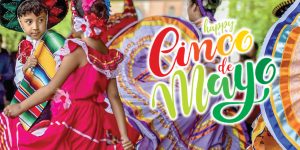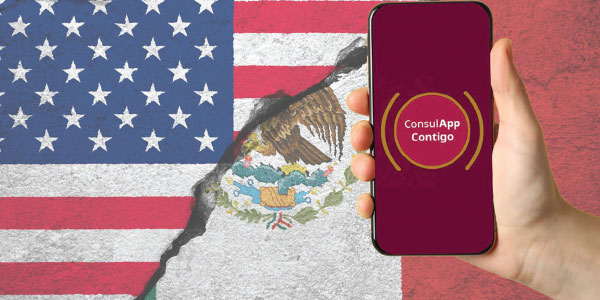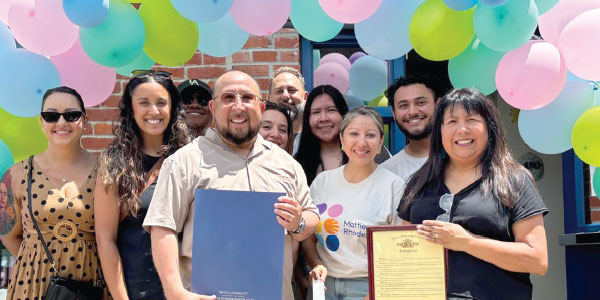
Commentary by Eulogio JP
For some strange reason, members of the Latino community believe that Latinos are incapable of being racist.
This odd idea is alive in the United States, where Latinos feel that they’re exempt from committing racist actions because they’re part of a minority group. Recently, for example, a video on YouTube showed a man pushing a food cart to the floor after the gentleman selling the goods had obstructed his path. In response, the cart owner yelled to the aggressor, “Racist!” The aggressor turned around and responded, “I am not a racist. I am Argentinean.”
Unfortunately, this belief that Latinos are incapable of being racist is so old and strongly held that we Latinos tend to excuse our unacceptable behavior. Furthermore, we’ve become blind to the numerous discriminatory phrases and norms of our culture. Case in point: We’ve convinced ourselves that nicknaming someone based on their skin color is acceptable, even “cute.” However, we all know that, behind the excuses, the term “negrita/o” has a negative connotation, while “guerrita/o” has a positive one.
Not only is racism a problem within the Latino community, but also there are other sources of discrimination that divide and weaken the community. Within the Latino community, the predominant number of discrimination cases are based on body type, sexual orientation and nationality. It’s also common for people within the Latin community to discriminate based on beliefs, mental health and accents.
Do you still believe Latinos aren’t racist? Then how do you explain that the largest Latino TV station in the United States features mostly white Latino stars?
Discrimination remains a problem in the United States. And unless we Latinos start recognizing that our community has that problem, we’ll never solve it.
Los latinos también pueden ser racistas
Por alguna extraña razón, los miembros de la comunidad latina creemos que los latinos somos incapaces de ser racistas.
Esta extraña idea es más fuerte aún en los Estados Unidos, donde los latinos sienten que están exentos a cualquier acto racista porque son parte de un grupo minoritario. Recientemente, por ejemplo, un video en YouTube muestra a un hombre empujando un carrito de comida al piso después de que el señor que vendía los productos había obstruido su camino. En respuesta, el dueño del carrito le gritó al agresor: «¡racista!». El agresor se dio la vuelta y respondió: «No soy racista. Soy argentino «.
Desafortunadamente, esta creencia de que los latinos somos incapaces de ser racistas es tan antigua y tan fuerte que los latinos tendemos la utilizamos para excusar nuestros comportamientos inaceptables.
Nos hemos vuelto ciegos a las numerosas frases y normas discriminatorias de nuestra cultura. Por ejemplo, nos hemos convencido que llamar a alguien basándose en su color de piel es aceptable, incluso «gracioso». Sin embargo, todos sabemos que, detrás de estas excusas, el término «negrita / o» tiene una connotación negativa, mientras que “guerrita / o» tiene una positiva.
La discriminación racial no es el único problema dentro de la comunidad latina, sino que también existen otras fuentes de discriminación que dividen y debilitan a nuestra comunidad. Dentro de la comunidad latina, el número predominante de casos de discriminación se basa en el tipo de cuerpo, la orientación sexual y la nacionalidad. Pero también es común que las personas discriminen según creencias, salud mental y acentos.
¿Todavía crees que los latinos no somos racistas? Entonces, ¿cómo se explica que la estación de televisión latina más grande en los Estados Unidos presenta principalmente estrellas latinas blancas?
La discriminación sigue siendo un problema en los Estados Unidos y en nuestra comunidad. Y al menos que no comencemos a reconocer que nuestra comunidad tiene ese problema, nunca lo resolveremos.










